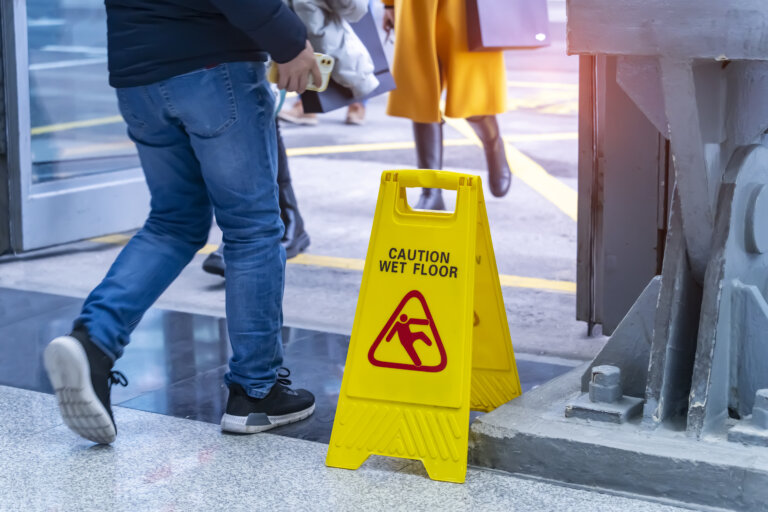If you were injured in a slip and fall accident in Arkansas that was not your fault, you might wonder what happens next. It may be that you can resolve your claim without filing a lawsuit, but you may have to file a lawsuit against the property or business owner if they refuse to pay a fair amount of compensation for your injuries and other losses.
This blog explains what to expect during the litigation process in a Little Rock slip and fall case. A Little Rock premises liability attorney can answer your questions and help you seek monetary damages from the at-fault party.
Initial Pleading
The initial pleading is the formal document that gets the lawsuit started. Also called a complaint, the initial pleading states who the parties are, the facts about the slip and fall accident, why the defendant is liable, and why the court has jurisdiction over the case.
When the complaint is filed, the clerk will issue a summons for each defendant. A copy of the complaint and the summons gets served on the defendant. Typically, the defendant has thirty days to file an answer or some other response to the complaint. Sometimes, the defendant responds by filing a motion to dismiss the complaint. If that motion is denied, the defendant will have to file an answer addressing the allegations in the complaint.
Discovery
Both sides will investigate the slip and fall accident and gather as much information as they can. The plaintiff has the burden of proving all of the facts he/she alleged in the complaint, which requires gathering facts and evidence supportive of the allegations. The defense tries to find any evidence that will attack the plaintiff’s case or minimize the amount of money the jury might award to the plaintiff.
During the discovery phase, the parties can send interrogatories, inspect the premises, request documents and admissions from the opposing party, and take depositions.
Continued Negotiations
Negotiations continue throughout the discovery process. Once each side has gathered enough information to fully understand the liability issues and the amount of damages, the case is likely to settle. The vast majority of personal injury cases settle without having to go to trial.
Hearings
A slip and fall plaintiff might have to attend pre-trial hearings. There may be disagreements about certain pieces of evidence or one side may refuse to cooperate with discovery requests in a timely manner. The judge might require the parties to have a settlement conference with a mediator to try to resolve the lawsuit without a trial.
Trial
Eventually, the case will either settle, get dismissed, or go to trial. At trial, the plaintiff puts on the evidence that proves the elements of his/her slip and fall injury case. The defendant then offers evidence that challenges the plaintiff’s allegations.
When both sides finish, the judge has the jury go into another room and decide on the outcome. The jury can find for the defendant, in which case the plaintiff loses and gets nothing. If the jury finds for the plaintiff, they tell the judge how much money the defendant has to pay the plaintiff.
Appeal
If either side is not satisfied with the outcome, that party can file an appeal. Filing an appeal may add several months or more than a year to the process. If the appellate court reverses the trial court decision, the parties will probably have to go through another trial. An Arkansas personal injury attorney is essential if you have a slip and fall case. Please feel free to reach out to us for a free initial consultation.

